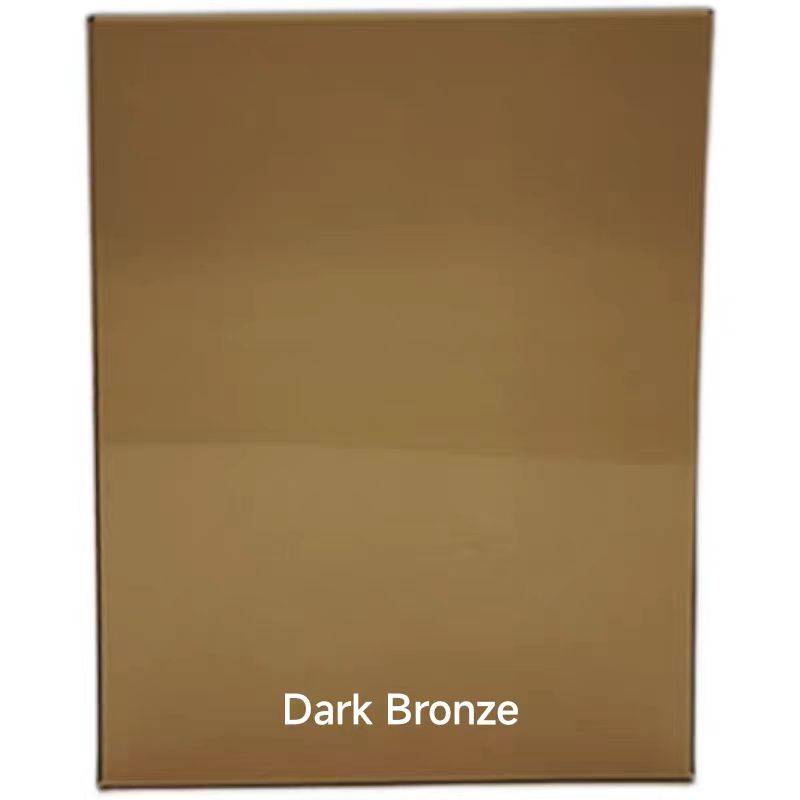

The Beauty of Decorative Stained Glass A Timeless Art Form
Stained glass has long been a revered medium in the art world, captivating the imagination of many with its vibrant colors and intricate designs. Its history dates back to ancient civilizations, but it has since evolved into a beloved art form found in churches, cathedrals, homes, and public buildings around the globe. Decorative stained glass is not merely a method of letting light into a space; it transforms that light into an ever-changing canvas that can convey stories, emotions, and beauty.
The process of creating decorative stained glass is an art form in itself. It begins with the selection of glass, which can come in a variety of colors and opacities. Artisans often choose glass that has been hand-blown or manufactured using traditional methods, ensuring that each piece is unique in color and texture. After selecting the glass, the artist sketches a design, which is then transferred onto the glass pieces by cutting them into specific shapes. The pieces are then fitted together and held in place using lead came or copper foil, which not only supports the structure but also creates the delicate lines that define the design.
One of the key characteristics of stained glass is its ability to interact with light. As sunlight filters through the colored panes, it projects a tapestry of colors onto the surrounding surfaces, creating a dynamic atmosphere that can change throughout the day. In churches and cathedrals, stained glass windows often depict biblical scenes or saints, providing a narrative that enhances the spiritual experience of worshippers. The vibrant colors and intricate designs draw the eye and prompt contemplation, making these spaces feel sacred and inviting.

Beyond religious settings, decorative stained glass has found its way into residential and commercial design. Artists today are experimenting with this medium to create stunning installations that serve both functional and decorative purposes. From elegant transom windows in private homes to striking glass partitions in modern offices, stained glass brings a unique aesthetic appeal to any space. Its ability to diffuse light while maintaining privacy makes it a favored choice for both interior and exterior applications.
Moreover, stained glass is a highly customizable art form. Artists can work closely with clients to create personalized pieces that reflect their individual tastes and preferences. This customization can range from simple geometric patterns to complex narrative scenes. Homeowners looking to add character to their interiors may commission stained glass doors, skylights, or accent panels that resonate with their personal style.
The revival of interest in handcrafted arts has led to a renewed appreciation for decorative stained glass in recent years. Workshops and classes are becoming increasingly popular, allowing individuals to explore their creativity while learning the techniques behind this beautiful craft. Through these programs, enthusiasts can discover the joy of working with glass, developing skills that can lead them to create their own stunning works of art.
In conclusion, decorative stained glass is more than just a way to enhance a space; it is a celebration of color, light, and artistry. This timeless medium tells stories, captures emotions, and reflects the beauty of the world around us. Whether in a grand cathedral or a cozy home, stained glass continues to inspire and elevate to new heights, making it an enduring symbol of creativity and craftsmanship. As we look to the future, the potential for innovation within stained glass art remains boundless, promising to captivate generations to come.